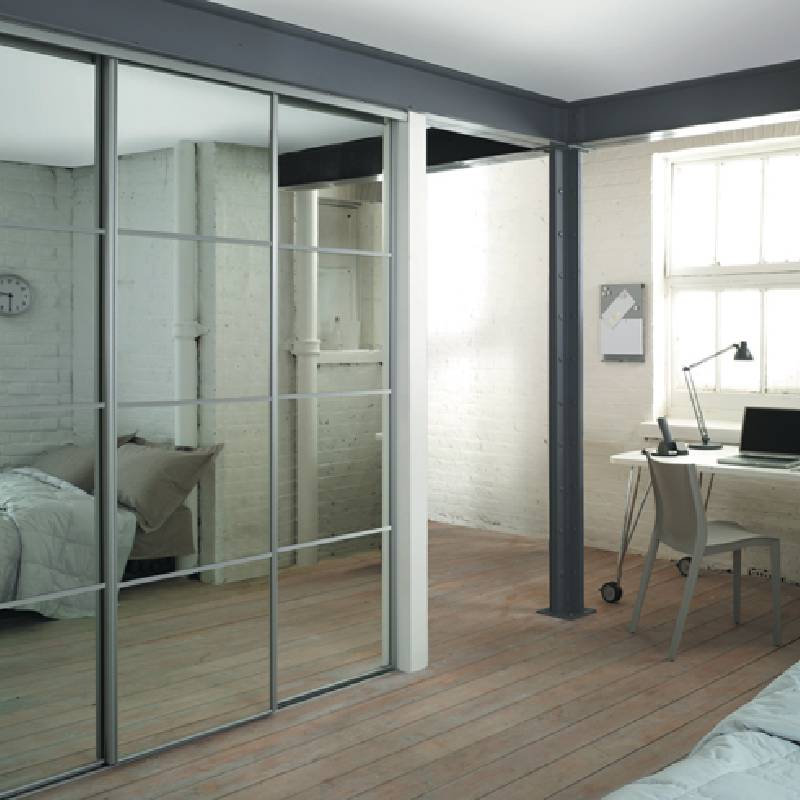

What is Float Glass?
Float glass, an integral part of the modern construction and design industries, is known for its quality, clarity, and versatility. It is a type of glass that is manufactured using a specific float process to ensure a smooth and even surface, making it ideal for various applications. Understanding what float glass is and how it is made can help consumers and industry professionals alike appreciate its significance in their respective fields.
The float glass process was developed in the 1950s by Sir Alastair Pilkington, which revolutionized glass production. The essence of the float glass method lies in its ability to produce sheets of glass that are uniform in thickness and have excellent optical clarity. This method involves pouring molten glass onto a surface of molten tin. Since glass is less dense than tin, it floats on the tin’s surface, allowing the glass to spread evenly, forming a flat sheet. As the glass cools, it solidifies into what we know as float glass.
What is Float Glass?
Float glass is not just limited to its use in transparent applications; it can also be treated or coated to enhance its performance and aesthetic qualities. For instance, float glass can be tempered or laminated to increase its strength and safety. These modifications can provide additional benefits, such as UV filtering, thermal insulation, and sound attenuation, making float glass a versatile choice for residential, commercial, and industrial uses.

The environmental impact of float glass production has also become a focus of concern in recent years. The float glass manufacturing process requires significant amounts of energy, primarily due to the high temperatures needed to melt silica and other raw materials. However, many manufacturers are now adopting more sustainable practices, such as recycling broken glass (cullet) in the production process. Utilizing cullet not only reduces the demand for raw materials but also lowers energy consumption and emissions, making float glass production more environmentally friendly.
In addition to its structural applications, float glass is widely utilized in furniture, automotive, and even artistic industries. Its clear, elegant finish enhances the aesthetic appeal of products ranging from tables to decorative items. In the automotive sector, float glass is processed into tempered and laminated glass for safety and durability in vehicles.
Furthermore, the design flexibility of float glass allows it to be manufactured in various sizes and shapes, catering to the unique requirements of different projects. By using advanced technologies, manufacturers can create customized solutions that meet specific needs, whether for a skyscraper's glass façade or a small residential window.
In conclusion, float glass is a vital material in many aspects of modern life, from architecture to furniture design and automotive applications. The unique manufacturing process, combined with its excellent properties and sustainability advancements, positions float glass as a favored choice for consumers and professionals. As industries continue to innovate, the role of float glass is likely to expand, further solidifying its place as a cornerstone of contemporary materials science and design.